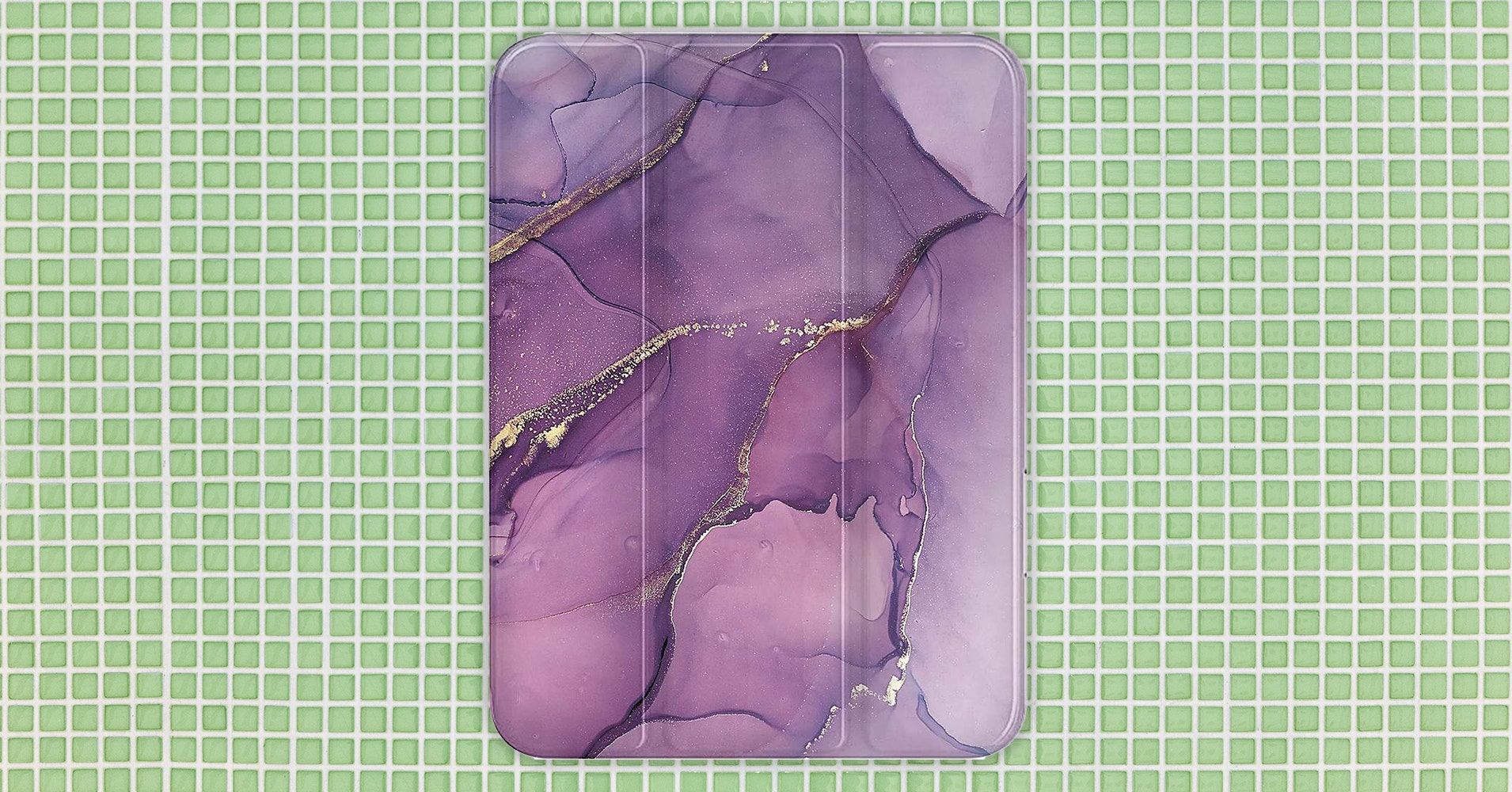
For instance, I searched “competing visions google openai” and noticed a TechCrunch piece on the prime of Google Information. Beneath it had been articles from The Atlantic and Bloomberg evaluating the rival corporations’ approaches to AI improvement. However then, the fourth article to look for that search, nestled proper beneath these extra respected web sites, was one other Syrus #Weblog piece that closely copied the TechCrunch article within the first place.
As reported by 404 Media in January, AI-powered articles appeared a number of instances for fundamental queries firstly of the yr in Google Information outcomes. Two months later, Google introduced significant changes to its algorithm and new spam insurance policies, as an try to enhance the search outcomes. And by the top of April, Google shared that the foremost changes to take away unhelpful outcomes from its search engine rating system had been completed. “As of April 19, we’ve accomplished the rollout of those adjustments. You’ll now see 45 % much less low-quality, unoriginal content material in search outcomes versus the 40 % enchancment we anticipated throughout this work,” wrote Elizabeth Tucker, a director of product administration at Google, in a blog post.
Regardless of the adjustments, spammy content material created with the assistance of AI stays an ongoing, prevalent situation for Google Information.
“This can be a actually rampant downside on Google proper now, and it is laborious to reply particularly why it is occurring,” says Lily Ray, senior director of search engine marketing on the advertising company Amsive. “We have had some shoppers say, ‘Hey, they took our article and rehashed it with AI. It seems to be precisely like what we wrote in our unique content material however simply form of like a mumbo-jumbo, AI-rewritten model of it.’”
At first look, it was clear to me that a few of the photos for Syrus’ blogs had been AI generated based mostly on the illustrations’ droopy eyes and different deformed bodily options—telltale indicators of AI making an attempt to characterize the human physique.
Now, was the textual content of our article rewritten utilizing AI? I reached out to the individual behind the weblog to be taught extra about how they made it and acquired affirmation through e mail that an Italian advertising company created the weblog. They declare to have used an AI software as a part of the writing course of. “Relating to your issues about plagiarism, we will guarantee you that our content material creation course of entails AI instruments that analyze and synthesize data from varied sources whereas all the time respecting mental property,” writes somebody utilizing the identify Daniele Syrus over e mail.
They level to the only hyperlink on the backside of the lifted article as adequate attribution. Whereas higher than nothing, a hyperlink which doesn’t even point out the publication by identify is just not an satisfactory defense against plagiarism. The individual additionally claims that the web site’s aim is to not obtain clicks from Google’s search engine however to check out AI algorithms in multiple languages.
When approached over e mail for a response, Google declined to remark about Syrus. “We don’t touch upon particular web sites, however our updated spam policies prohibit creating low-value, unoriginal content material at scale for the needs of rating properly on Google,” says Meghann Farnsworth, a spokesperson for Google. “We take motion on websites globally that don’t observe our insurance policies.” (Farnsworth is a former WIRED worker.)






